Where Conservation Meets the Wild: Exploring a Colorado Refuge Unlike Any Other
Imagine a place where over 200 species of birds soar above golden meadows, where beavers build intricate dams in slow-moving river oxbows, and where ancient valleys burst with life each spring. In the heart of southern Colorado’s San Luis Valley, the Alamosa National Wildlife Refuge offers just that—a critical sanctuary for wildlife and a living classroom for visitors. Yet, the treasures within these 12,000+ acres are not just for the birds; they’re deeply tied to the rhythms of the region’s water, mountains, and ongoing story of stewardship.
The refuge stands as a testament to the complex relationship between people and nature. Here, endangered species like the southwestern willow flycatcher find shelter amidst ever-changing environmental pressures. Seasons shape everything—the flooding of meadows in spring, the migration of elk and deer, and the annual closure of key trails to protect nesting birds. Understanding the depth of Alamosa National Wildlife Refuge is about more than admiring pretty landscapes; it’s about grasping how science, policy, and human choices intersect in shaping the fate of Colorado’s wild places. For families, students, and explorers, learning about this refuge means learning about balance, adaptation, and the power of preservation.
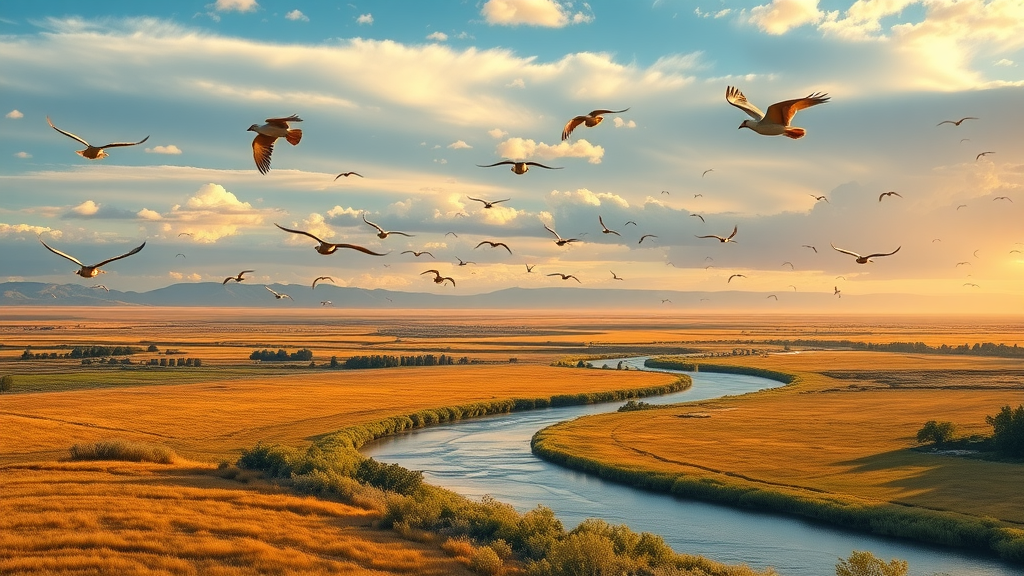
The Ecological Puzzle: Why the Alamosa National Wildlife Refuge Matters
The Alamosa National Wildlife Refuge is not just a scenic spot—it is a vital ecological safeguard that supports migratory birds, resident wildlife, and intricate habitats. Established in 1963, its original mission was to provide food, cover, and breeding grounds for species on the move as well as those who call the San Luis Valley home year-round. Today, it forms part of a larger web: together with Monte Vista and Baca Refuges, it anchors over 100,000 acres of protected land, demonstrating the interconnected nature of Colorado’s wild spaces and their collective importance in national conservation efforts.
Encompassing wet meadows, riparian corridors, river oxbows, and dry uplands within the Rio Grande floodplain, the refuge's diversity is striking. Public land managers and biologists employ a balanced mix of water control, prescribed fire, and sustainable grazing to preserve, restore, and even enhance these habitats. This approach is crucial—not only do wetlands and riparian zones offer sustenance to creatures from songbirds to coyotes, but they also naturally filter water, replenish underground reservoirs, and buffer the impacts of drought. Visitors stepping into this terrain quickly learn that every trail, every flowing stream, and every quiet stand of willow tells a piece of the larger story: when one piece falters, the whole ecosystem can be affected. Without an understanding of how these habitats work, we risk losing the species and scenic beauty that define this corner of Colorado.
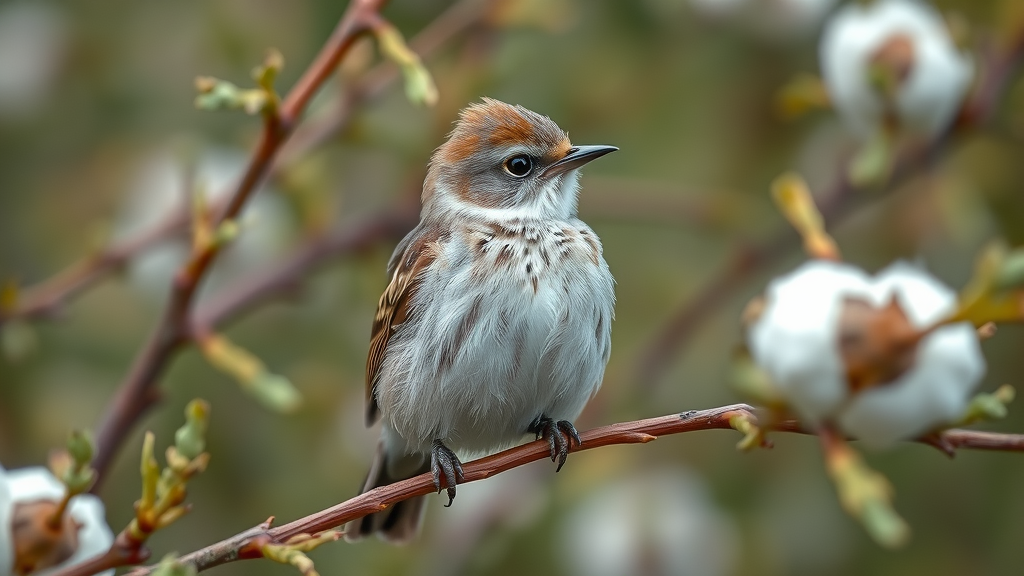
How Alamosa National Wildlife Refuge Safeguards Wildlife—and Why It Benefits All of Us
As an expert contributor to wildlife preservation, Alamosa National Wildlife Refuge exemplifies how carefully managed lands can be both a haven for animals and a source of inspiration for people. Far more than a passive patch of protected ground, the refuge is managed using an array of scientific tools and community input. Water and wetland management, invasive species control, programs like haying and prescribed grazing, and carefully planned fire regimes enable the landscape to flourish. For wildlife, this means a reliable mosaic of food sources and safe havens from predators or harsh weather. Migratory birds, in particular, benefit from the refuge’s strategic location and diverse habitats—making it a critical waypoint during their journeys north and south.
For the wider community, these benefits ripple outward. The refuge’s healthy wetlands bolster local agriculture by supporting natural irrigation through the Rio Grande, buffering the impacts of drought, and even sustaining underground aquifers that farmers and townspeople depend on. Visitors—whether birdwatchers, school groups, or curious families—gain a unique window into the cycles of migration and renewal. Educational opportunities abound, from observing the intricate dance of elk along the river to learning why certain trails must close to protect nesting flycatchers. By participating in the story of the refuge, individuals connect their own actions—like respecting closed areas or leashing pets—to the well-being of both wildlife and the landscape itself.
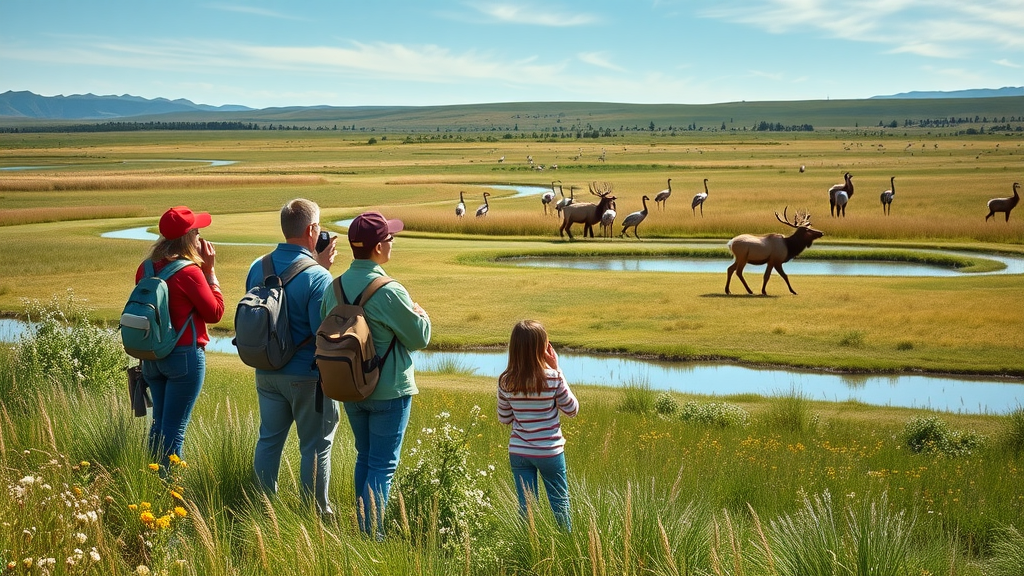
Seasonal Closures: Protecting Endangered Species at Their Most Vulnerable
Every spring, as snowmelt fills the wetlands and birds return to their nesting grounds, certain trails within Alamosa National Wildlife Refuge close temporarily. These closures are not arbitrary—they’re a science-driven response centered on the federally endangered southwestern willow flycatcher. This tiny migratory bird, dependent on willow and cottonwood thickets along the Rio Grande, faces enormous challenges from habitat loss and disturbance. Early in the 2000s, prolonged drought degraded much of its breeding habitat, causing numbers to plummet. In response, the refuge designated critical habitat zones along the river, enforcing seasonal trail closures from mid-April through September to give these birds the undisturbed space they need for nesting success.
For visitors, such restrictions might be an inconvenience at first glance. Yet, by understanding the “why” behind them, guests become collaborators in recovery. Even seemingly harmless activities—like hiking or biking near nest sites—can distract parent birds and leave eggs vulnerable to predators. This collective stewardship, signaled by clear signage and community outreach, turns each seasonal closure into a shared responsibility and an opportunity to witness conservation in action.
The Dynamic Landscape: How Water Shapes Life at the Refuge
Water is the lifeblood of Alamosa National Wildlife Refuge and the broader San Luis Valley. The area’s history is written in floodplain meanders and springtime wet meadows, all fed by melting mountain snow and the veins of the Rio Grande. The valley itself sits at 7,800 feet, surrounded by the Sangre de Christo, San Juan, and Saguache mountains—each contributing both surface and underground flow that sustains habitats all year long.
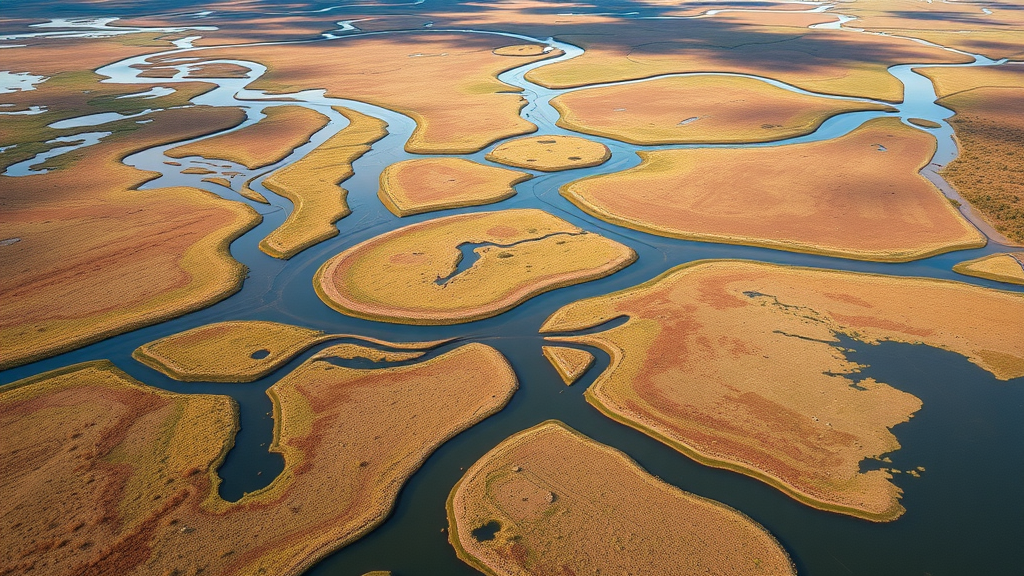
This hydrological tapestry sustains much more than birds and mammals. By carefully managing irrigation and monitoring the wetlands’ conditions, refuge staff can mimic natural cycles that plants and animals depend on. This benefits migratory waterfowl and native species alike, and fosters resilience in the face of climate change, drought, and the ever-present pressures of agricultural and urban development. In effect, the refuge’s water management practices demonstrate how human ingenuity and respect for natural processes can work hand-in-hand to maintain biodiversity and a sense of place.
Plan Your Visit: Connecting with Nature Responsibly
Visiting Alamosa National Wildlife Refuge offers the public a rare chance to witness wildlife in their natural habitats without the distractions of urban life. Open one hour before sunrise until one hour after sunset, the refuge encourages guests to come prepared—sturdy shoes, weather-appropriate clothing, water, binoculars, and field guides all enhance the experience. It’s not just about recreation; it’s about becoming a participant in the ongoing story of conservation.
Guests are reminded to respect all boundaries, obey posted regulations, and keep pets leashed to protect both animals and the integrity of the ecosystem. Trails provide access for walking and wildlife viewing, while specific areas are seasonally closed to balance visitor use with wildlife needs. Every visitor can be part of something larger: by honoring these guidelines, they help ensure that the refuge’s wonders endure for generations to come.
Alamosa National Wildlife Refuge’s Commitment: Preserving the Living Heritage of the San Luis Valley
The philosophy guiding the Alamosa National Wildlife Refuge is founded on a respect for both wildlife and people. Since its establishment in the early 1960s, it has served as a living example of how deliberate stewardship can maintain—and even restore—diverse natural communities. Conserving habitat for migratory birds and supporting resident wildlife are ongoing priorities, accomplished through rigorous management tools like controlled burning, targeted grazing, careful water allocation, and concerted removal of invasive species. This blend of tradition and science ensures that the refuge adapts as conditions change, keeping pace with both ecological needs and community interests.
Importantly, the mission isn’t restricted to animals alone. The refuge stands as part of the larger National Wildlife Refuge System, a vast network dedicated to conserving a living heritage “for people today and generations to come.” In the San Luis Valley, that means safeguarding not just birds and mammals, but also the cultural story of water and land in an arid mountain basin. By inviting public engagement—through targeted educational events, accessible wildlife drives, and partnerships with organizations like Friends of the San Luis Valley Refuges—the refuge roots its conservation ethic deeply within the broader community. This approach honors both the complexity of natural systems and the capacity of people to make a positive difference.
What Visitors Discover: Experiencing the Alamosa Refuge’s Transformative Power
Every year, thousands visit Alamosa National Wildlife Refuge, with many leaving with a new appreciation for Colorado’s wild spaces. One visitor’s reflections sum up the reward of a well-paced, respectful visit—an experience marked by both peace and discovery:
[[review_one_text]]
—[[review_one_name]]
Transformative moments abound for those who take the time to engage: the sight of migrating cranes at dawn, the thrill of spotting deer along the walking trail, or the quiet realization that each action—no matter how small—contributes to a flourishing, shared landscape. For many, the refuge isn’t just a place to observe nature; it’s a place to connect, reflect, and renew their commitment to preserving Colorado’s living heritage.
Why Alamosa National Wildlife Refuge Remains a Vital Model for Conservation Success
The lessons of Alamosa National Wildlife Refuge stretch far beyond its 12,000 acres. Here, conservation is not a static goal but a lived practice—one built on science, flexibility, and a deep commitment to coexistence. The refuge’s focus on sustaining critical habitats, monitoring endangered species like the southwestern willow flycatcher, and balancing public access with protection has made it a model for other wild places across the country. Actions taken here—such as closing trails to safeguard nesting birds or restoring wetland hydrology—offer hope that adaptation and stewardship can secure both biodiversity and cultural meaning for the San Luis Valley.
In sharing these breakthroughs with the wider public, Alamosa National Wildlife Refuge ensures that anyone—from first-time visitors to lifelong naturalists—can see themselves as active participants in the story of wildlife conservation. Its contributions continue to shape both policy and personal appreciation, keeping the promise of wild Colorado very much alive.
Contact the Experts at Alamosa National Wildlife Refuge
If you’d like to learn more about how the Alamosa National Wildlife Refuge supports both wildlife and community, contact the team at Alamosa National Wildlife Refuge.
📍 Address: Alamosa, CO 81101, USA
📞 Phone: +1 719-589-4021
🌐 Website: https://www.fws.gov/refuge/alamosa
Alamosa National Wildlife Refuge Location and Availability
🕒 Hours of Operation:
The refuge is open one hour before sunrise to one hour after sunset for permitted activities.
Day-by-day breakdown not available; please contact refuge management for seasonal updates or access changes.
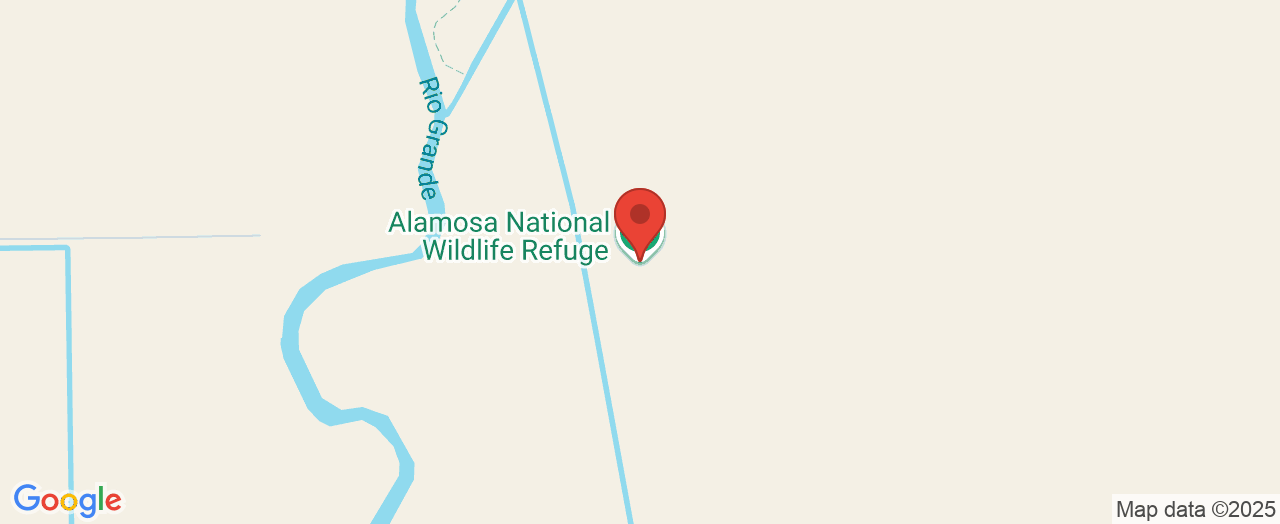
 Add Row
Add Row  Add
Add 





Write A Comment